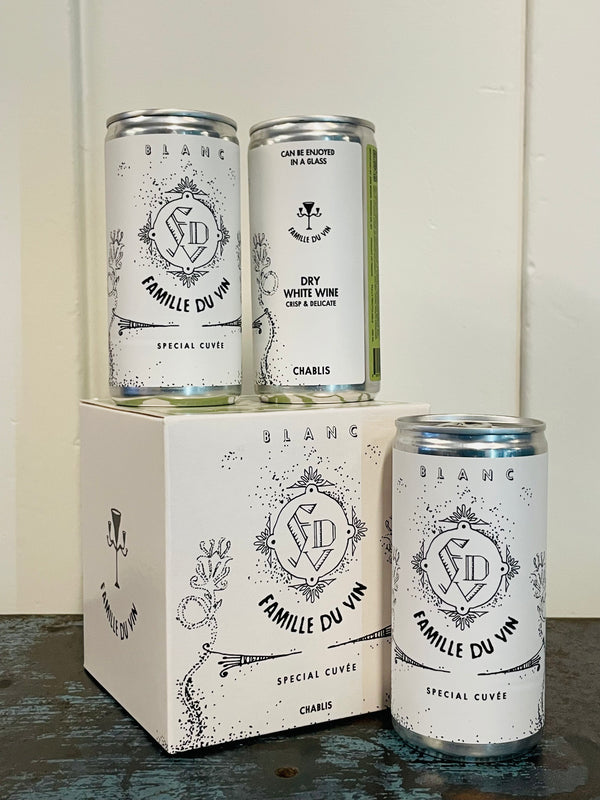Château de Béru

The Château de Béru sits high on a limestone hillside in the village of Béru. The terroir is some of the most prized in Chablis. The Béru family has owned Château de Béru estate for 400 years. The phylloxera crisis at the beginning of the 20th century devastated the Chablis vineyards and nearly erased all the vines in Europe. Château de Béru was forced to uproot all of their vines in the 1890s. Until this point in history, wine was the sole revenue for the family. Chablis was replanted on a smaller scale, officially becoming an AOC in 1938. However, the vineyards of Château de Béru were not replanted until 1987, when the Comte Éric de Béru undertook to replant the Château’s vineyards.
Athénaïs de Béru left Paris and her career in finance to help her mother Laurence run the family estate after the death of her father Éric in 2004, and immediately began producing wine under the Château de Béru name, converting to organic and biodynamic viticulture (the estate is now both certified organic and biodynamic by Ecocert and Demeter), and using minimal intervention in the cellar in order to improve the quality of the wines.
While the Côte d’Or is starting to see the benefits of biodynamics, Chablis remains a stronghold for quantity-over-quality viticulture. Many rely on synthetic fertilizers and pesticides to achieve consistent yields in a challenging region. Athénais recognizes biodynamics as the way to put life back into the soil. Horses are used for all plowing. There are sheep and hens on the property. The estate uses natural elements such as sulfur and plants to protect the vineyards and increase their native defenses. Athénaïs and Laurence also choose a minimal intervention approach in the cellar. As a result of biodynamics, the vines have reached a balance where the wine no longer needs much sulfur. In the early years, around 50 ppm sulfur was added, and now between 10-20 ppm of sulfur is added. The grapes are heavily sorted by hand to prevent corrections or fining in the cellar. The goal is to always vinify naturally, even in a bad vintage. If this means throwing away half the fruit, then they do. Long élevage and cold cellars allow the wine to be bottle unfiltered. The shortest élevage is one year; otherwise it's 1.5 years or more. The Clos Béru is 2 years to 2.5 years.
Laurence and Athénaïs are members of Femmes et Vins de Bourgogne (Women and Wines of Burgundy), which gives them a unique opportunity to exchange and to share their passion with other local outstanding women winemakers, which are unfortunately still scarce in Burgundy. Today, Athénaïs is one of the region’s rising stars, Château de Béru has become a reference for Chablis wines, and the quality and reputation of the estate continues to improve as the wines gain energy and balance.





